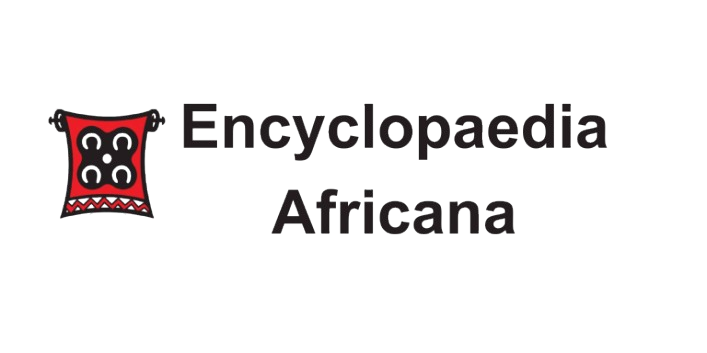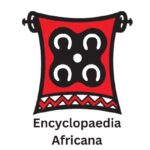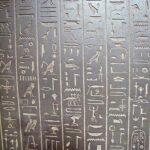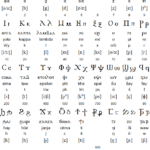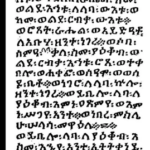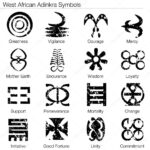EGYPT: MEDU NETER
- 1 Min Read
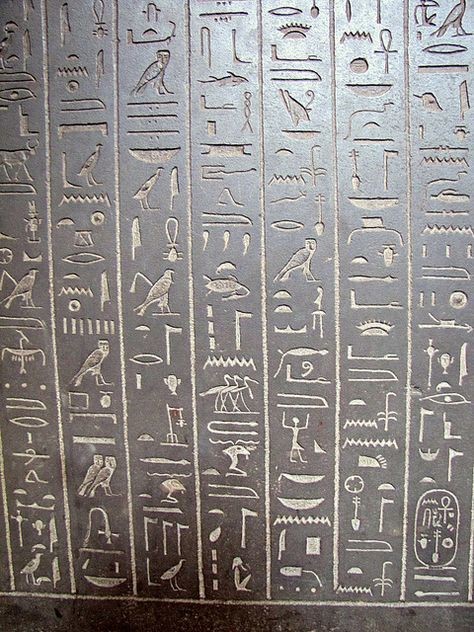
Medu Neter, also known as “Hieroglyphs,” is one of the earliest forms of writing, originating in ancient Egypt. The term “Medu Neter” translates to “words of the gods” or “divine words,” reflecting the sacred nature of this script.
Initially, Medu Neter was used primarily for religious texts, inscriptions on monuments, and official decrees. Over time, it evolved into various forms, including hieratic and demotic scripts, which were more simplified and used for everyday purposes.
Medu Neter consists of logographic and alphabetic elements. There are over 700 different symbols, including representations of objects, animals, and abstract concepts.
Hieroglyphs can be written in rows or columns and can be read from left to right, right to left, or top to bottom. The direction is indicated by the way the symbols face; they face the beginning of the line.
